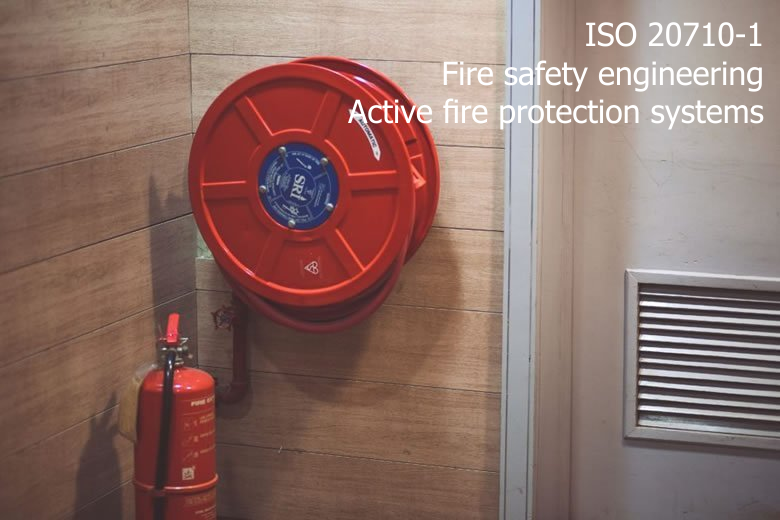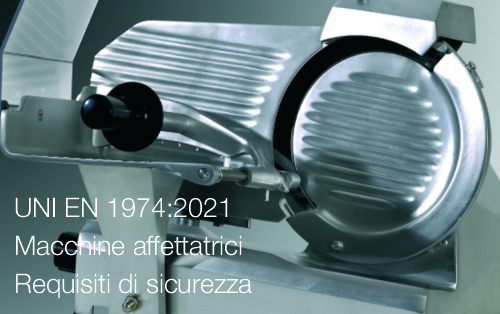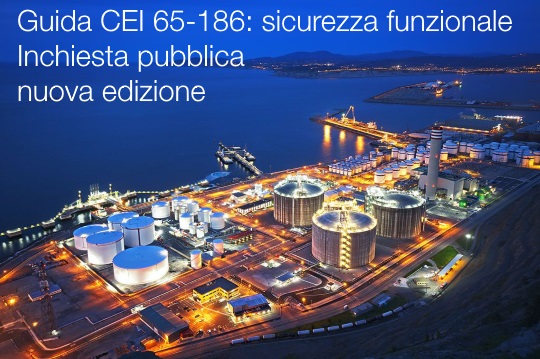
ISO 20710-1:2022 / Fire safety engineering - Active fire protection systems - Part 1: General principles
ID 11944 | Update 18.06.2023 / Preview in allegato (alla data non recepita UNI)
_________
Update 18.06.2023 - Status "Pubblicata"
ISO 20710-1:2022
Fire safety engineering - Active fire protection systems - Part 1: General principles
This document provides information on the goal, scope, structure, contents and background of the different parts of the ISO 20710 series. The purpose of the ISO 20710 series is to provide information on active fire protection systems according to the design, implementation and maintenance described in ISO 23932-1. The ISO 20710 series is linked to the steps of the performance-based fire safety engineering design process described in ISO 23932-1.
This document is not intended as a detailed technical design guide but is intended to provide the guidance necessary for use of the ISO 20710 series by professionals who consider the active fire protection systems at each step presented in ISO 23932-1.
_________
Update 29.10.2020 - Status "DIS"
ISO/DIS 20710-1
Fire safety engineering - Active fire protection systems - Part 1: General principles
This document was prepared by Technical Committee ISO/TC 92, Fire Safety, Subcommittee SC 4, fire safety engineering.
ISO 20710 consists of the following parts, under the general title, Fire safety engineering - Active fire protection systems:
— Part 1: General principles
— Part 2: Estimation of heat detection time
— Part 3: Estimation of smoke detection time
— Part 4: Estimation of the detection time of other detectors
— Part 5. Estimation of the time from detection to system activation
— Part 6: Operation and effectiveness of fire suppression system
— Part 7: Operation and effectiveness of mechanical smoke control systems and automatic closing devices for fire/smoke barrier
— Part 8: Maintenance and reliability of active fire protection systems
Introduction
ISO 20710 provides guidance on the estimation of the activation time and effectiveness of active fire protection systems when carrying out fire hazard assessment and performance-based fire safety designs for engineers, Authorities Having Jurisdiction (AHJ), fire officials, and other stakeholders.
The document includes information on the methods for estimation, theories, and data needed. It also provides information related to the purpose, configuration, activation procedure, and functioning principles of active fire protection systems.
Predicting fire behavior is important to prevent and reduce the losses due to fire. Evaluation of the performance of the active fire protection system based on the prediction of fire phenomena is directly related to reaching the goal of fire safety. Therefore, evaluation of fire protection system performance including their operating time and effectiveness is important for an engineer, peer reviewer, Authority Having Jurisdiction (AHJ), fire officials, and other stakeholders. It may also be useful for fire investigators to reconstruct and analyze actual fires.
The methods of evaluation are hand calculation, computer fire modeling, and performance testing. The objective of ISO 20710 is to provide guidance for performance estimation methods for analyzing whether a selected system can achieve the desired performance in various environments.
1 Scope
ISO 20710-1, Part 1, provides information on the goal, scope, structure, contents, and background of the different parts of ISO 20710. The purpose of the series of ISO 20710 documents is to give information on the active fire protection systems in the design, implementation, and maintenance described in ISO 23932-1. ISO 20710 is linked to the steps of the performance-based fire safety engineering design process described in ISO 23932-1.
This International Standard is not intended as a detailed technical design guide but is intended to provide the guidance necessary to use ISO 20710 for professionals who consider the active fire protection systems at each step presented in ISO 23932-1.
Add more Prevew in attachment
Allegati
|
Descrizione |
Lingua |
Dimensioni |
Downloads |
 |
|
EN |
199 kB |
0 |
 |
|
IT |
200 kB |
6 |

